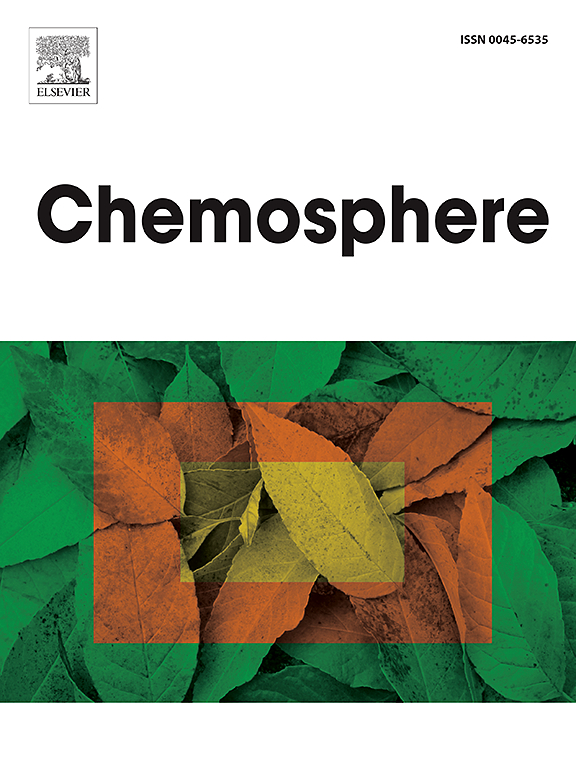The complex spatio-temporal dynamics of organic micropollutants in tidal rivers
IF 8.1
2区 环境科学与生态学
Q1 ENVIRONMENTAL SCIENCES
引用次数: 0
Abstract
This study addresses a significant gap in environmental research by investigating the complex dynamics of organic micropollutants (OMPs) in tidal rivers. Tidal rivers, such as the Thames, Seine, and Elbe, present unique challenges for pollutant monitoring due to the interplay of ebb and flood dynamics, which complicate the observation of pollutant behavior compared to unidirectional rivers or stagnant waters. To achieve this, high-frequency sampling was conducted over multiple days at two locations during two different seasons (summer and winter), combined with HPLC-HRMS analysis. Focusing on the Tidal Elbe River in Hamburg, Germany, our research employed statistical analysis to reveal three distinct OMP concentration patterns. The first pattern, marked by recurring tidal-related concentration peaks of plant protection agents like propamocarb and azoxystrobin, indicates localized, transient contamination likely stemming from nearby agricultural activities. The second pattern, characterized by stable concentrations of pharmaceuticals such as carbamazepine, lidocaine, and metformin, suggests continuous inputs from wastewater treatment plants and indicates these analytes’ environmental persistence. The third pattern demonstrates the rapid environmental degradation of the pharmaceutical metabolite 4-aminoantipyrine, with concentrations showing significant spatial, daily, and seasonal variability. These findings emphasize the role of tidal influences in pollutant distribution and illustrate the complexity of capturing transient contamination events in tidal rivers. The study provides a foundation for the future prioritization and identification of unknown contaminants through non-target analysis, while advocating for advanced monitoring strategies to improve water quality management and mitigate the risks OMPs pose to aquatic ecosystems and human health in tidal river systems.

求助全文
约1分钟内获得全文
求助全文
来源期刊

Chemosphere
环境科学-环境科学
CiteScore
15.80
自引率
8.00%
发文量
4975
审稿时长
3.4 months
期刊介绍:
Chemosphere, being an international multidisciplinary journal, is dedicated to publishing original communications and review articles on chemicals in the environment. The scope covers a wide range of topics, including the identification, quantification, behavior, fate, toxicology, treatment, and remediation of chemicals in the bio-, hydro-, litho-, and atmosphere, ensuring the broad dissemination of research in this field.
 求助内容:
求助内容: 应助结果提醒方式:
应助结果提醒方式:


